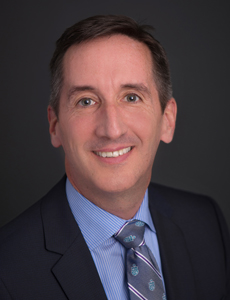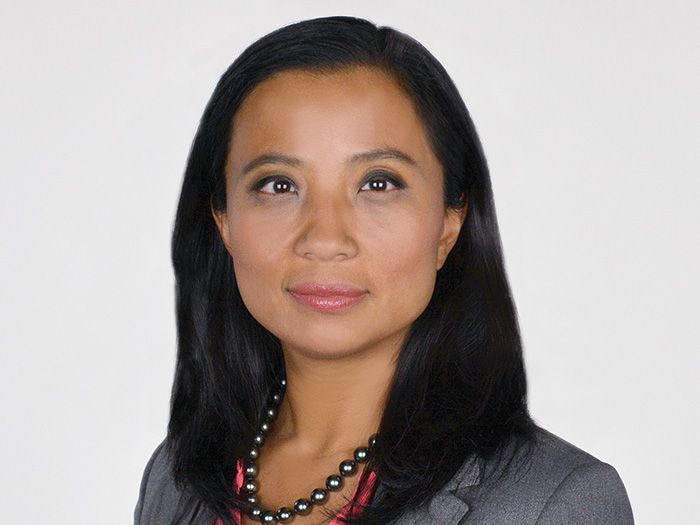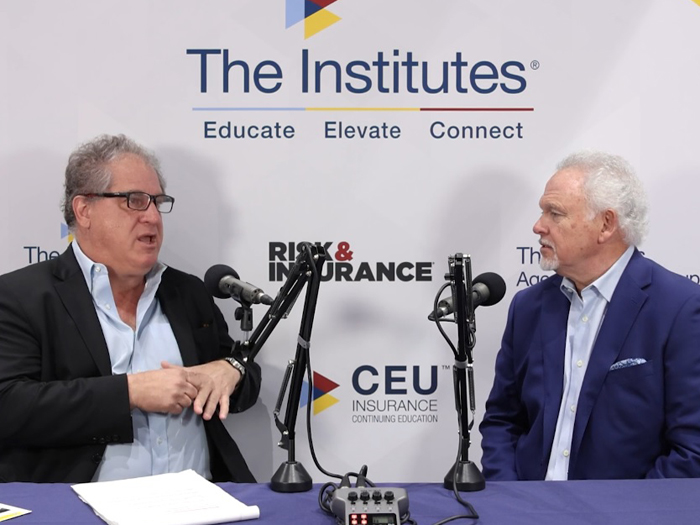Attention Health Care Providers: Opioid Liability Litigation Is a Dangerous Emerging Risk. Here’s What You Need to Know

Opioid addiction has caused thousands of deaths, damaged families, and ruined countless lives. State attorney generals have already pursued pharmaceutical companies for failing to warn of addiction risk. Litigation has expanded to include actions against prescribers and pharmacy benefit managers (PBMs).
Healthcare providers across the supply chain could be targeted for failing to control the epidemic. The potential for litigation is only the latest emerging risk in an already challenging medical professional liability (MPL) market.
Leo Carroll, SVP and Head of Healthcare for BHSI, discusses how widespread opioid addiction may will impact liability risk for the healthcare industry, and how MPL underwriters could should respond.
R&I: America’s opioid crisis has been ongoing for more than a decade, and people are seeking accountability. How big is the exposure for the healthcare industry?
Leo Carroll: Opioid-related liability and litigation is a complex challenge in healthcare today. To date, over 200,000 deaths have been attributed to the opioid epidemic, and that may be understated. In 2017 according to the CDC, there were over 70,000 deaths in the United States while the estimated number of addicts is in the millions.
Some have compared the opioid litigation to tobacco and asbestos, but there’s a key difference: In most cases, the fatal opioids were legally prescribed and FDA approved, yet not enough was done to respond and change course once the addiction problem was identified. The problem is huge, and healthcare providers may be asked to account for their role in prescribing these drugs.
R&I: Are you seeing meaningful change physicians’ approach to prescribing opioids and hospital oversight of these drugs?
LC: There is a universal effort underway to address over-prescribing, but implementation varies state-to-state and practitioner-to-practitioner.
One root question is what the medical community considers an appropriate dose. Let’s say a patient has a surgical procedure and significant pain during recovery. Pain management is critical, but how many pills should the doctor prescribe? Opinions and practices vary.
Health systems are making an effort to rein in problem areas, but creating uniform standards – and addressing those who fall outside of them – is difficult.
Most health systems have mechanisms to identify outliers —those employed doctors who prescribe opioids beyond the organization’s guidelines. Hospitals may also suggest doctors consider non-opioid alternatives to bring prescribing patterns more in line with the health system’s target.
But, it’s exceptionally difficult to impose a single standard on physician practices. There is plenty of legitimate, necessary use of opioids. In fact, the overwhelming majority of what we see in the organizations we insure is very strong oversight and risk-control. Health systems are making an effort to rein in problem areas, but creating uniform standards – and addressing those who fall outside of them – is difficult. And when standard of care in this area lacks consistency and allows for judgment calls, liability exposure and litigation risk increase.
R&I: How do you see litigation trends unfolding?
LC: Initial class actions targeted opioid manufacturers and distributors, but that may evolve. There have been individual claims brought against physicians and hospitals. These could gain momentum. In St. Louis for example, a single physician was sued by a single claimant who said his addiction to opioids impaired his ability to work and ruined his life. The jury believed the doctor should have recognized the signs of addiction and cut off the prescriptions. They awarded the plaintiff $15 million, which was upheld under appeal.
This may be indicative of the public’s desire for accountability or wanting to send a strong message to practitioners for not protecting the wellness of patients. This desire for accountability may point plaintiffs in other directions as well.
R&I: What other types of healthcare organizations may be targeted?
LC: The potential sources of recovery from manufacturers and distributors are finite and may fall short to cover the legitimate suffering, pain and damages of those struggling. During the first quarter of 2018, we saw some action taken against PBMs. Health plans closely aligned with PBM’s, or that own a PBM, are watching litigation trends closely.
R&I: What do hospitals and health systems need to do better?
LC: Health systems are paying close attention to monitoring and responding to the controls they have in place. They are establishing and executing on clear plans aimed to stem this epidemic and address non-compliance among staff. I’ve met with both existing and prospective customers who openly share their plans, and we discuss questions like, ‘When did you implement these controls addressing addiction risk?’ ‘What are the results and consequences for non-compliance?’
The more information that is shared, the more efficiently we as a marketplace can move toward solutions that support healthcare organizations in their mission to provide safe pain management in patient care.
The increased transparency and collaboration among health systems can promote sharing of best practices to help standardize an approach.
R&I: What about from the carrier’s perspective? How has the healthcare liability market responded to risks connected to opioid abuse?
LC: Similar to the healthcare industry, the insurance industry’s response has been varied in terms of underwriting opioid exposure.
But I’ve observed an increasing focus on the underwriting of this risk. The industry is recognizing it needs to do more. Many have been gathering as much information as possible around risk management practices, loss data, and government regulations (which again, vary by state). It’s important to avoid the temptation to over-react or broad-brush healthcare risks. Carriers need to distinguish between health plans, physicians, hospitals and senior care operators. Each represents a distinct role in the delivery of care, and each may have a distinct role in addressing opioid abuse. Underwriters aiming to differentiate their analysis and coverage approach for each of these segments.
R&I: How are insurers working together with healthcare providers to address the problem?
LC: The more information that is shared, the more efficiently we as a marketplace can move toward solutions that support healthcare organizations in their mission to provide safe pain management in patient care.
From my perspective, healthcare providers that openly share their protocols for oversight and policies to address opioid addiction offer a significant opportunity for learning, collaboration, and ultimately solutions. We as carriers do not presume to have all the answers, but we stand ready to support our customers and work toward a solution. &
Click here to read Part 1 about changes in the MPL market.











